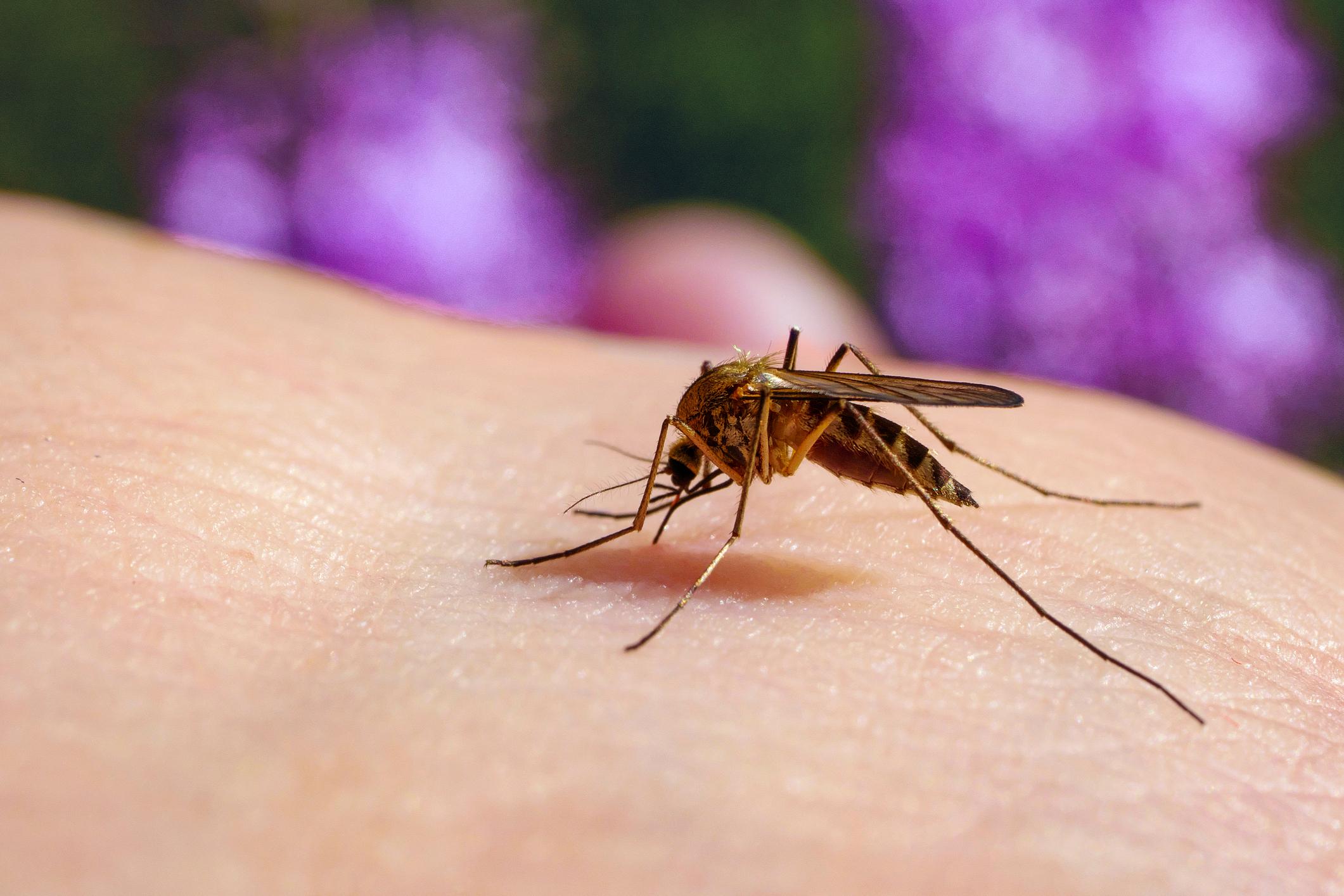We thought it was gone, yet scarlet fever is making a comeback in the world in an antibiotic-resistant form. An epidemic even took place in the United Kingdom with 12,000 cases in one year.
Scarlet fever is a contagious disease caused by the toxin of group A beta-hemolytic streptococcus, a very common bacterium that also causes angina. This disease is more common in school children than in babies under 3 years of age.
It is mainly characterized by a sore throat, inflammation of the tonsils and a rash. Incubation lasts between 2 to 5 days. Scarlet fever can occur throughout the year, however it is more common in the colder months.
Researchers from the University of Queensland (Australia) carried out a study and analyzed the genetic modifications of the bacterium responsible for scarlet fever, using strains from the scarlet fever epidemics in Hong Kong and China (2011). They identified the presence of mobile genetic elements that promote increased virulence and improved bacterial colonization. Elements which, precisely, explain the resistance to tetracycline, erythromycin and clindamycin.
Due to resistance to broad-spectrum treatments, like penicillin, researchers found an increased incidence of scarlet fever which could lead to an increase in rheumatic heart disease with permanent heart damage.
“The disease is coming back in force in parts of Asia and the UK. Thus, during the last 5 years, more than 5,000 cases have been identified in Hong Kong, more than 100,000 in China and this last year, 12,000 in the United Kingdom “explains Professor Mark Walker, researcher at the University of Queensland and co-author of the study.
“We therefore call for continued surveillance with precise tracking of factors and effects in order to clarify the possible impact of these genetic changes on the global burden of disease”, concludes the researcher.
Read also:
Scarlet fever is back with the cold
Antibiotic resistance: a priority public health challenge in the United States
The European Union is concerned about bacterial resistance

















